Broad Spectrum Around the World
Not all “broad spectrum” sunscreens mean the same thing. As of 2012, Europe, Australia and New Zealand share a definition of broad spectrum that is much stricter than many countries including the USA, and this is part of the ASNZ 2604: 2012 standard which is now mandatory in New Zealand (as of September 2022)
This is US Environmental Working Group comments on the US FDA sunscreen standard as compared to the EU (and Australia and New Zealand).
“The FDA considered a similar system for rating UVA, but instead, in 2011, set weak UVA protection rules that enable nearly every product to achieve a passing grade without reformulation, and permitted those products to advertise “broad spectrum” protection.”
and
“The available data on sunscreen performance in these regards is generally several years behind, or sometimes includes formulations that are outdated or only allowed in other countries. Yet, collectively, it suggests that sunscreens are not as effective in preventing free radical formation, immune system suppression and DNA damage as they are in preventing tanning and sunburn.”
and
“By all accounts, UVA protection remains a challenge for U.S.-made sunscreens. EWG analysis suggests that many products bearing the “broad spectrum” label could not be sold in Europe, where UVA protection must be at least one-third as strong as the labeled SPF value of the product. According to our modeling, only 3 percent of beach and sport sunscreens would fail the FDA critical wavelength test for broad spectrum protection. Yet we estimate that 49 percent of the more than 750 beach and sport sunscreens in our 2016 database pass the FDA broad spectrum test but would not pass the European UVA test.”
Environmental Working Group has been in the sunscreen landscape for many years, working to educate and protect consumers. They have many articles on this topic.



